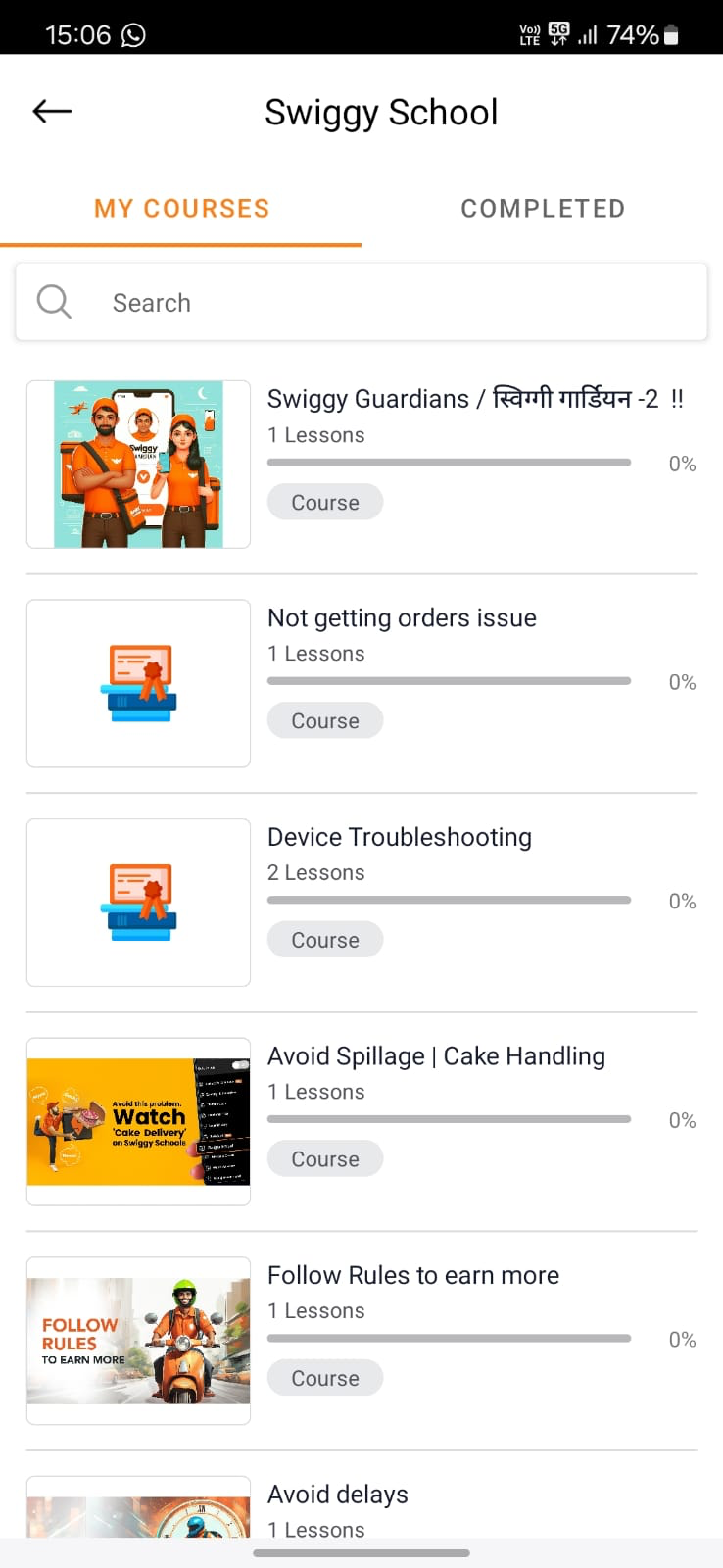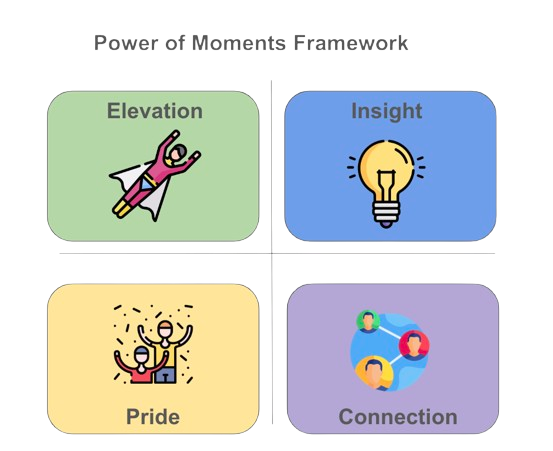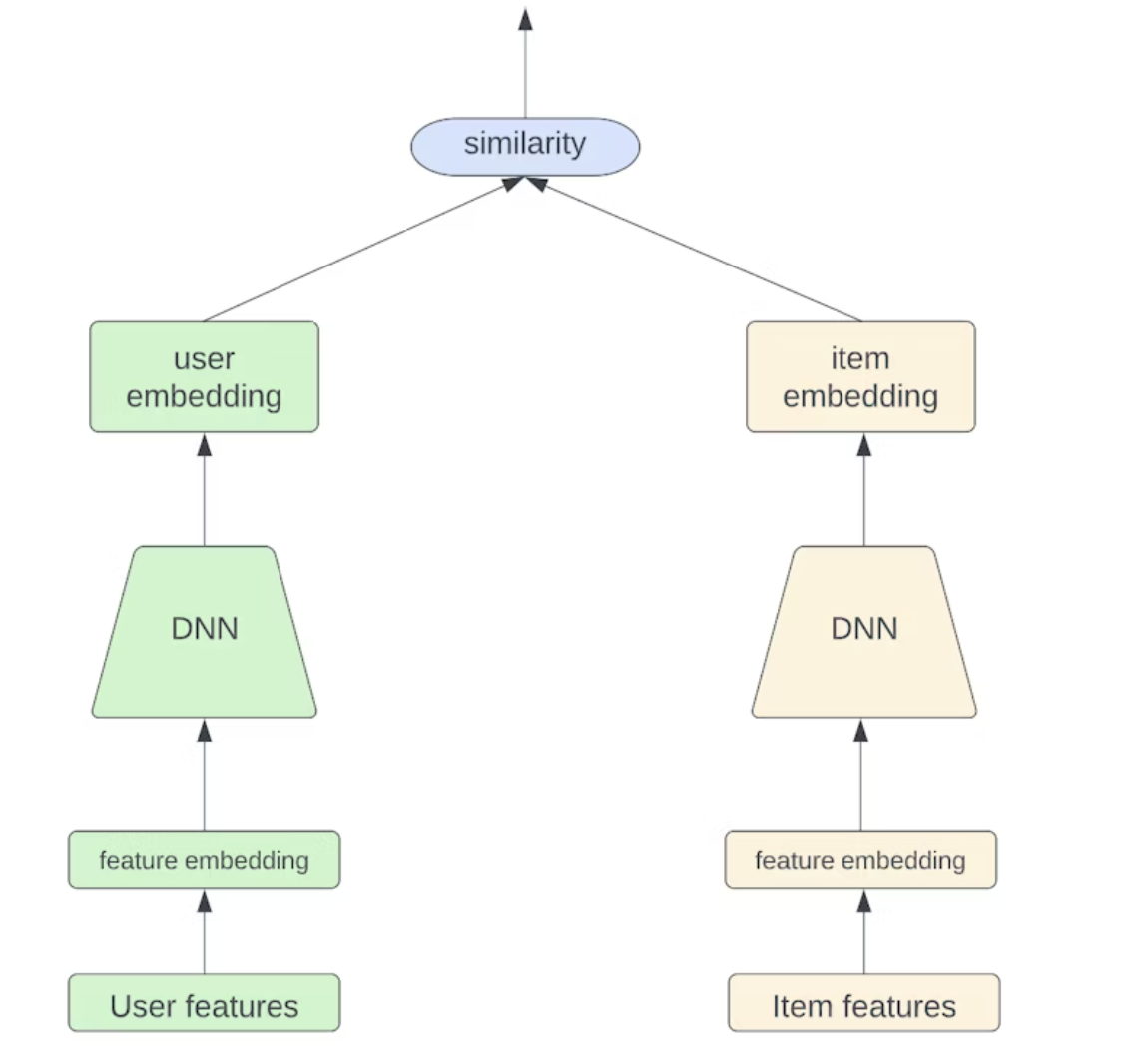and the distribution of digital products.
How we Achieved 11% Growth by Leveraging Personalization and Segment-based Product Flows
Experience design is an art as well as science. It is important to understand the nuances of how users experience your product.
\ In the book The Power of Moments by Chip Heath and Dan Heath, the authors explore how memorable experiences are often defined by specific, pivotal moments rather than the entire journey. These moments are typically built around four key elements: elevation, insight, pride, and connection. They elevate us emotionally, provide breakthroughs of understanding, foster pride through achievement, and create deep connections with others. Crafting such moments requires a focus on enhancing emotional intensity and meaningfulness at the right time. When translated into product design, particularly through personalization and customization, businesses can create emotionally impactful moments that leave lasting impressions on users.
\
Personalization and Customization can enhance these moments by anticipating and addressing user needs at precisely the right time, creating a sense of elevation. For example, a personalized recommendation that perfectly matches a user's interest when they least expect it can elevate their experience, making them feel understood and valued. In a personalized e-commerce platform, imagine the emotional high when a user receives a perfectly curated outfit suggestion for an upcoming event, right when they are struggling to decide. This sense of timely relevance not only boosts user satisfaction but also creates a memorable interaction that strengthens their connection to the brand.
\ Personalization also plays a key role in fostering insight and pride by guiding users toward small but meaningful achievements. For instance, in a personalized learning app, tracking a user's progress and offering tailored challenges at just the right moment can lead to a breakthrough moment—when the user feels they’ve overcome a personal hurdle. These moments of pride, created through personalized / customized content and milestones, not only build user confidence but also increase engagement and loyalty.
\ In this post we will discuss how we can build a personalization product strategy and insights from a few case studies.
When you shouldn’t personalize?- You are an early stage startup - Personalization is less effective when your user base consists of a very niche or homogenous group with uniform needs and preferences. For example, a specialized SaaS product catering to a small group of industry experts may not benefit from heavy personalization because the needs of the users are already well-defined and consistent across the board. In such cases, users expect the same high-quality, specialized features rather than tailored experiences, making broad and consistent functionality more critical than personalized recommendations.
- Privacy breaches - Personalization often requires gathering user data, but excessive data collection or misuse of that data can lead to privacy concerns or breaches. A classic example is when personalized ads or content make it clear that a company knows more about a user than they intended to share, leading to discomfort or a breach of trust.
- When Data Quality is Inaccurate or Insufficient - Personalization depends heavily on accurate, high-quality data. If your data is incomplete, outdated, or inaccurate, personalized experiences can backfire. For instance, an e-commerce platform suggesting products based on incorrect purchase history or preferences can frustrate users, making them feel misunderstood. This might end up backfiring leading to poor outcomes.
| Aspect | Segmentation | Personalization | |----|----|----| | Focus | Groups based on shared characteristics | Individuals and their unique preferences | | Customization | Broad group-based customization | One-to-one, individual customization | | Data | Static data or group-level criteria | Dynamic, real-time, user-specific data | | Complexity | Simpler to implement | Requires advanced algorithms and analytics | | Examples | Age groups, frequent buyers vs. new buyers | Personalized product recommendations, tailored content | | Engagement | Less precise; can feel generic | Highly engaging and relevant to each user |
7 steps to build personalization into your product\ Step 1: Identity the scale and type of your business
Understanding the scale and type of your business is critical for determining whether personalization is the right strategy. For example, let’s say - you are a very small startup with a limited user base, personalization may not provide significant benefits initially. Personalization requires a certain level of scale to be effective, as it depends on having enough user data to generate meaningful insights and recommendations. For businesses with a small or highly homogenous audience, the effort and cost of implementing personalization may outweigh the benefits.
\ Step 2: Identify the different broad user segments present in your user base
There are different approaches to segmenting your users. It can be based on the demographics, or user behaviours or observed patterns
\ Step 3: Identify business goals and associated user behaviours
\ Step 4: Create hypotheses
Create a list of potential hypotheses you would like to test based on the quantitative and qualitative insights
\ Step 5: Decide the data science algorithm / approach to be used
There are a few common DS algorithms that can be used. Let your DS team come up with the most suitable algorithm after evaluating the pros and cons of each
\ Step 6: Train data
Train the data using the algorithm/model that was decided earlier. This needs to be done iteratively.
\ Step 7: Run experiments and iterate
\ Let’s now learn this using a couple of real case studies
Case studies Increase delivery partner retention by 13% using personalization at Swiggy\ Context
\ At Swiggy we used an innovative approach to implement a real-time segmentation technique. The following parameters were considered to deliver a personalized experience for each delivery partner.
\ Journey of setting up personalization
\ Parameters considered
| Parameter considered | Reasoning | |----|----| | Current GPS location of the partner | Helps identify which orders can be assigned based on proximity, reducing delivery time and ensuring efficiency. It can also guide the partner to the most appropriate location for pickups or deliveries using optimized routes. | | Login state | Indicates if the partner is active and available to take new orders, enabling better load balancing and avoiding assignment delays. Helps in notifying inactive partners to log in during peak times or when there is high demand. | | Tenure of the experience with Swiggy | Allows personalization based on experience, providing newer partners with easier or closer orders, while more experienced partners handle complex or priority orders. Also helps in offering promotions or recognition to long-tenured partners. | | Orders accepted per day | Helps analyze workload capacity and avoid overburdening partners. Can also guide partners on their daily targets or milestones for bonuses, incentives, or payment goals, motivating them to accept more orders efficiently. | | Earnings of the driver | Can be used to personalize incentives, suggest optimized routes, or offer order prioritization based on earnings targets. Partners can be guided on how to maximize earnings through tips like accepting orders in high-demand areas or time slots. | | Training modules completed | Ensures that the partner has the necessary skills for specialized orders (e.g., handling large or complex deliveries), improving service quality. Helps identify opportunities for further training, enhancing partner performance and skill set. | | Ratings for the orders delivered | Helps identify high-performing partners, who can be rewarded with more desirable or higher-value orders. It also assists in providing feedback and coaching to partners with lower ratings, ensuring continuous improvement in service quality. | | Usage of specific features | Tracks the partner’s engagement with app features, offering personalized tips or guidance to optimize usage (e.g., using route planning or order stacking), improving their efficiency and overall performance. |
\ Key user problems identified
- Unaware of how to use the product
- Complex workflows making it hard for different user segments to understand different products
\ Experience after personalization
\ Delivery partners were now introduced to training based on their pain points so that the root cause can be addressed precisely when they are experiencing the problem.


\ New delivery partners were now able to earn better by quickly targeting their specific pain points (as high as 25% improvement in earnings was observed) and this led to a significant increase in delivery partner retention.
Case Study - Personalization at daily.dev that led to a 11% increase in Average reads per user\ Context
Daily.dev is a platform that helps developers stay updated. A core part of the experience is the personalized feed that developers get by selecting their preferences. Daily.dev has 1000s of sources across the web and gets the most relevant posts for the user. It does so by evaluating the relevance score of a post based on numerous parameters such as the topics of interest to the user, the sources they subscribe to, the content types that are of interest, the type of posts that the user has previously upvoted, downvoted, commented or shared, and many more.
\ What is the two tower model?
\ The Two-Tower Model is an architecture commonly used in machine learning and recommendation systems, especially when dealing with personalized recommendations, like in e-commerce, content platforms, or ad-targeting systems. It allows the system to learn representations for both users and items independently while capturing relevant interactions between them.
\ In daily.dev, the Two Tower model creates a new embedding space where both daily.dev posts and users coexist. This space allows us to calculate similarities between entities—posts and users—enabling us to recommend content and users that align with your interests. The magic lies in generating these embeddings offline, so in real-time, we only perform vector similarity computations using Redis. This process ensures incredibly fast feed delivery, happening within microseconds.
\
\ Impact
Expanding the embeddings to both posts and users led to a 11% increase in the average reads per user by providing users with more relevant and interesting content.
\ Read more about it here on the post penned by the DS / Engg team at daily.dev.
Common tools that allow you to build personalization / segmentation products\
- Training data - Google tensor flow / Vertex AI
- User segmentation tools - Gamooga / Clever Tap / WebEngage
- Experimentation - Inhouse tools or Amplitude, Loops, etc.
\ Overall, given that your product has sufficient scale and considerable variation in the user segments, personalization can give a significant boost to the engagement and retention metrics.
- Home
- About Us
- Write For Us / Submit Content
- Advertising And Affiliates
- Feeds And Syndication
- Contact Us
- Login
- Privacy
All Rights Reserved. Copyright , Central Coast Communications, Inc.

